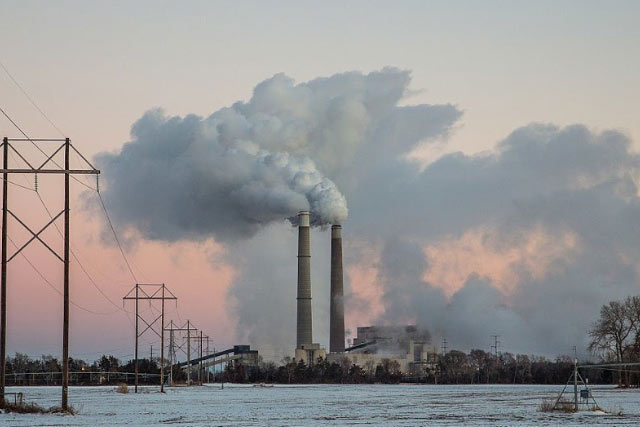Although the use of coal in food production has remained stable, the majority of other manufacturing industries have seen significant declines in the consumption of coal as a result of fewer facilities and less consumption in the remaining facilities. The main falls have been in the paper processing, chemical and primary metal manufacturing sectors.
The industrial sector includes coal consumed in coking plants, in manufacturing facilities and for other industrial purposes. In 2019, 62 per cent of U.S. industrial coal consumption was used in manufacturing. US Energy Information Administration (EIA) data on coal use by a comprehensive manufacturing sector, based on North American Industry Classification System (NAICS) codes, indicate that food processing and non-metallic mineral products used more coal than other industries in 2019.
Coal use in food production has remained fairly constant since 2000. Food production uses coal mainly for heating purposes. In sugar production , for example, sugar cane juice must be boiled to extract sugar crystals, requiring intense heat. Coal may also serve the secondary purpose of providing electricity to food processing facilities located in remote areas.
Although the use of coal in food production has remained stable, the majority of other manufacturing industries have seen significant declines in the consumption of coal as a result of fewer facilities and less consumption in the remaining facilities. The main falls have been in the paper processing, chemical and primary metal manufacturing sectors.
The primary metal manufacturing industry involves the manufacture of steel, silicon metals and other metal and iron goods. From 2010 to 2012, the coal consumption of the industry contracted sharply, dropping from 9 million short tons to 3 million short tons, and has remained relatively small since then. The steel industry was significantly affected by the recession that occurred between 2007 and 2009 and by the declines in housing, construction and auto-manufacturing that drive steel demand.
Another industrial use of coal is the manufacture of coke. Coke is created by heating coal at high temperatures to burn off impurities, resulting in almost pure carbon. Coal coke is used as fuel for the manufacture of steel and smelting iron in blast furnaces. Coking plant coal consumption did not fall as sharply as many other manufacturing industries, falling by 38% from 29 million in 2000 to 18 million in 2019.
Commercial and institutional sectors, including universities, correctional facilities and hospitals, account for the smallest portion of US coal consumption, accounting for less than half of the U.S. total since 1998. Between 2000 and 2019, commercial and institutional consumption decreased from 4.1 million tonne short to 0.9 million tonne short. Many of the commercial and institutional facilities have switched from the consumption of coal for space heating to the consumption of natural gas.



































